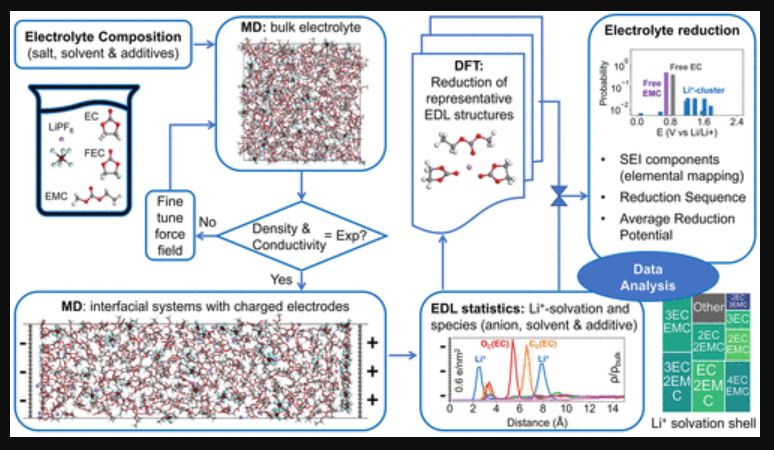 If you’ve ever wondered what’s happening at the microscopic level inside your battery, this new research might just change the way you think about it. A team at the University of Illinois Urbana-Champaign has captured detailed images of electric double layers (EDLs) using 3D atomic force microscopy—a technique that brings unseen chemical interactions into clear focus. EDLs form at the boundary between a solid electrode and its liquid electrolyte; these layers are crucial in maintaining the voltage that powers everything from your mobile phone to an electric car, yet their uneven nature had long been a puzzle.
If you’ve ever wondered what’s happening at the microscopic level inside your battery, this new research might just change the way you think about it. A team at the University of Illinois Urbana-Champaign has captured detailed images of electric double layers (EDLs) using 3D atomic force microscopy—a technique that brings unseen chemical interactions into clear focus. EDLs form at the boundary between a solid electrode and its liquid electrolyte; these layers are crucial in maintaining the voltage that powers everything from your mobile phone to an electric car, yet their uneven nature had long been a puzzle.
Under the guidance of Professor Yingjie Zhang from The Grainger College of Engineering, the team observed how these layers adjust themselves in response to tiny chemical deposits on battery surfaces. Lead author, graduate student Qian Ai, explained that the EDLs show three distinct patterns—’bending,’ ‘breaking,’ and ‘reconnecting’—based on the size of the liquid molecules rather than their chemical make-up. If you’ve ever wrestled with the challenges of understanding complex systems, you’ll appreciate how this research demystifies a long-overlooked aspect of electrochemistry.
Published in the Proceedings of the National Academy of Sciences, this study not only advances our fundamental grasp of battery operation but also paves the way for potential improvements in battery design. The ability to predict how these layers form based on surface characteristics could soon inform innovations that improve performance and safety in everyday technology. As Professor Zhang put it, resolving the EDLs in real, heterogeneous systems is a long-sought milestone in the field.
By taking a closer look at these essential yet subtle structures, the researchers offer a fresh perspective on battery technology—a perspective that’s both accessible and deeply rooted in scientific rigour.








